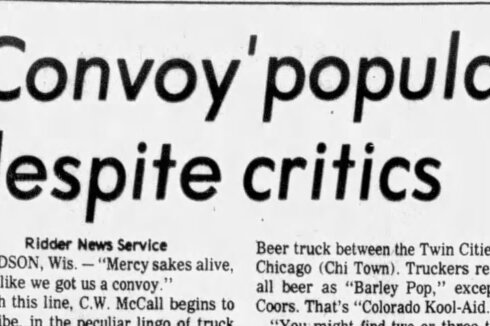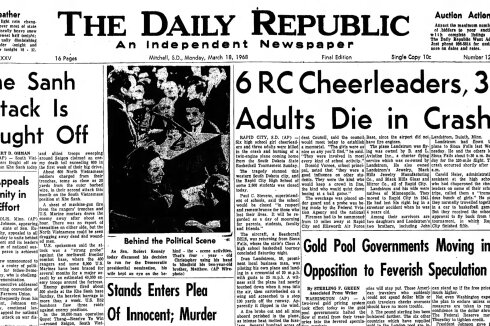Editor's note: This is part 2 in a 2-part series on the implications of Jon Keith Miller's arrest for the 1974 murder of Mary Schlais.
MINNEAPOLIS — The arrest in the 50-year-old cold case murder of 25-year-old Mary Schlais in 1974 opened the door to possibilities for closure among investigators throughout the region.
ADVERTISEMENT
While Jon Keith Miller, 84, pleaded not guilty on Dec. 13 on charges related to Schlais’ murder, he confessed to Dunn County Sheriff’s Office investigators during his November arrest at an assisted living facility in Owatonna, where he lived at the time.
Regardless of the outcome of any possible upcoming trial, Miller’s arrest cements the submission of his DNA profile into state and national criminal databases.
That’s inspiring for investigators handling cold cases, particularly those with unidentified DNA.
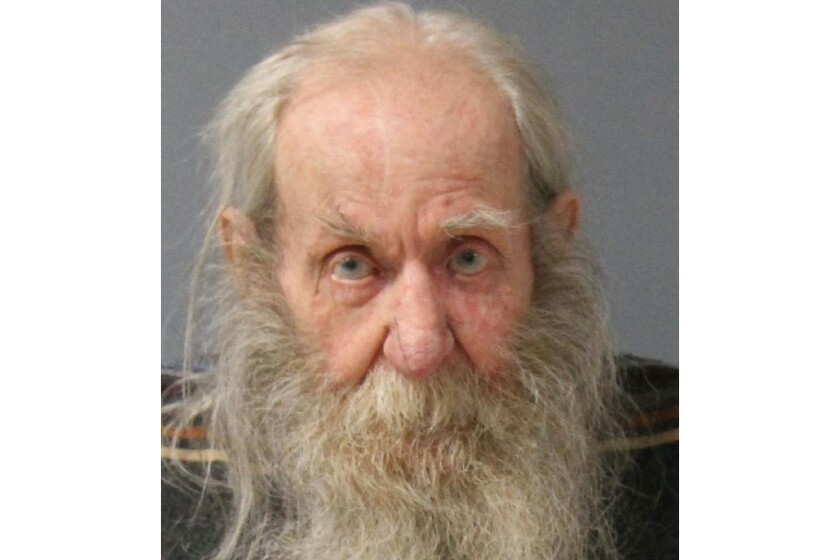
Miller’s DNA had not previously been submitted to any state or national database. His criminal record has remained clear since a 1994 conviction for driving under the influence of alcohol. Until his arrest, he was not considered to be a possible violent offender
Once submitted, Miller’s DNA profile will automatically be searched against all existing DNA profiles in Minnesota and Wisconsin’s DNA databases and the national Combined DNA Index System, operated by the Federal Bureau of Investigation.
While Schlais’ body was discovered in Wisconsin, Miller, a Minnesota resident at the time, confessed he picked Schlais up in Minnesota before stabbing her 15 times and throwing her body in a rural Wisconsin ditch. That qualifies his entry into Minnesota’s DNA database, in addition to Wisconsin’s.
If Miller’s initial DNA profile submission matches unidentified DNA submissions originating from unsolved crime scenes, the appropriate investigators will be informed.
ADVERTISEMENT
It doesn’t stop there, though.
As new DNA profiles are regularly submitted, his DNA will automatically be searched against the new sample.
“Any DNA that is added to CODIS is helpful,” Minneapolis police spokesperson Sgt. Garrett Parten told Forum News Service in an email. “If a hit is generated for a Minneapolis case, we will follow up.”
Miller’s arrest doesn’t just present a new possible suspect for cold cases with unidentified DNA, though. Now investigators are faced with the reality that a new known offender was roaming the roadways of Minnesota in the 1970s — and the decades before and after Schlais’ death.
“Generally speaking, it is not uncommon for new information, such as an arrest, in a case to provide helpful information for the investigations of similar incidents that occurred during the same time frame,” Minnesota Bureau of Criminal Apprehension Public Information Officer Jill Oliveira said.
Combing through cases
The 1970s was a significant decade for serial killers — and, therefore, unsolved murders and missing persons cases.
The lack of tracking and DNA technology, paired with often antiquated law enforcement investigative practices, created a perfect storm for terror throughout the nation.
ADVERTISEMENT
That was the case in Minnesota, too.
Forum News Service has obtained no evidence to indicate Miller committed other crimes. Multiple investigators have said, however, that his arrest is significant for cases from that era.
Below are cases that occurred in Minnesota around the time of Schlais’ murder.
Joli Truelson
Joli Truelson’s body was found in Minneapolis’ Minnehaha Creek 15 hours after her friend, Sue Gustafson, told investigators the 16-year-old hitched a ride from Lake Calhoun in a gold-colored fastback car with a roughly 30-year-old man with brown straight hair and a medium build.
Gustafon said Truelson had spent the night with her and a mutual friend, Michael Kvasnick, before her body was found the following morning.
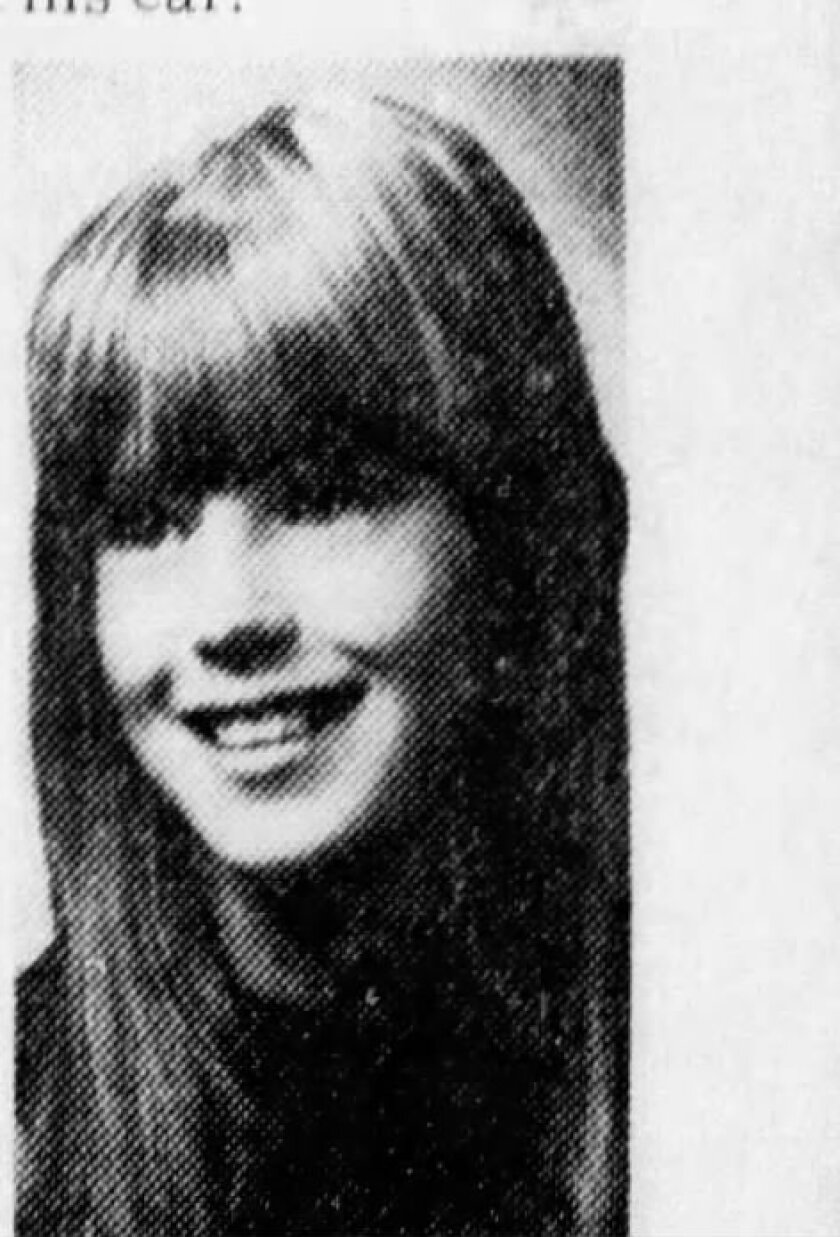
The description of the gold car mirrors the eye-witness account of the man who witnessed Miller throwing Schlais from a gold-colored vehicle in 1974 . Miller would have been roughly 32 years old at the time of Truelson’s death.
Investigators at the time determined the back of Truelson’s skull had been shattered. They discovered two open wounds in the back of the head, each roughly 2 inches long — one of the wounds “appeared to be in a half moon shape,” according to the police report, obtained by Forum News Service.
ADVERTISEMENT
“It would appear that [the] victim was struck on the back of the head with some sort of instrument,” the police report states.
Multiple pools of blood were observed near Truelson’s body. A silver mesh ring “made in the likeness of a miniature belt” was found roughly 30 feet from her body. However, the ring and samples of blood taken from the scene are no longer in the department’s possession, according to the police report.
During a 2008 review of the case, Minneapolis Police Sgt. Barbara M. Voe wrote in the report that all evidence had been destroyed, aside from the items discovered in Truelson’s pocket: a school attendance slip, an empty pack of Kool cigarettes and bus transfer tickets. A sample of her hair was also still in the department’s possession.
At the time of the review, Voe indicated that the items found in Truelson’s pocket were not eligible for DNA analysis as they had been submerged in water.
When asked if Miller is being looked at as a potential new suspect in Truelson’s case, Parten said there was no record of Miller in the department’s record management system.
A close member of Truelson’s family told Forum News Service they believe foul play was involved in the 16-year-old’s death –- but do not believe she hitchhiked the night before she was found dead.
Reker Sisters
Mary Reker, 15, and her sister, Susie Reker, 12, went missing in St. Cloud while on a walk to a local store on Sept. 2, 1974. The sisters were found nearly a month later in a quarry outside of town. They had been brutally stabbed to death.
ADVERTISEMENT
The case has baffled Stearns County — and the region — for decades.

Multiple theories have been thrown around, yet no arrests have been made and the Stearns County Sheriff’s Office has not indicated any strong suspects.
The Reker sisters were killed in the same manner Schlais experienced: multiple stab wounds. Like Schlais, the girls’ bodies were dumped in a nearby rural area.
Yet Stearns County Sheriff’s Office Lt. Zach Sorenson told Forum News Service Miller is not considered a suspect, largely because he was not known to frequent the St. Cloud area.
“Jon Miller is not a suspect in our homicide investigations currently,” Sorenson said. “We are aware of the Dunn County case and information that has been released. Currently we don’t have any information that puts Miller in our area in 1974, but that could change as information is learned.”
The Stearns County Sheriff’s Office does have limited DNA related to the case and, like Dunn County investigators, are working with Ramapo College on unsolved cases.
JoAnn Bontjes
JoAnn Bontjes was 21 years old when her body was discovered in a farmfield in a rural area of Martin County, Minn. on Oct. 3, 1975.
ADVERTISEMENT
The discovery came roughly 15 hours after her abandoned 1974 Vega was found alongside Highway 4, five miles north of Sherburn — and roughly one hour west of Austin, Minn.
A search for Bontjes was launched after a driver recognized Bontjes’ vehicle on the side of the highway. The driver discovered her jacket and purse inside the vehicle. The keys were still in the ignition, and her shoes sat nearby on the ground.
Bontjes’ body, found one mile from her vehicle, had been beaten and bruised. She had a gunshot wound to the head.
Investigators discovered tire tracks near the front of her vehicle, yet were not able to identify the make and model of the car.
Martin County Sheriff’s Sgt. Matt Owens told Forum News Service in May that investigators recovered DNA samples from the area where Bontjes’ body was found.
At that time, the DNA had been sent to the BCA, along with at least eight other samples belonging to potential suspects.
As of May, investigators had not received any matches with potential offenders in state and national databases.
The Martin County Sheriff’s Office did not respond to requests related to Miller’s arrest and any possible significance to Bontjes’ case.
The submission of Miller's DNA profile, however, will automatically be tested against all submitted DNA profiles in the state.
Toni Monette
Toni Monette, 26, was found stabbed to death in a Mounds View convenience store on March 25, 1981. A resident of Minneapolis at the time, she had worked at the 7-11 store for two months at the time she was killed.
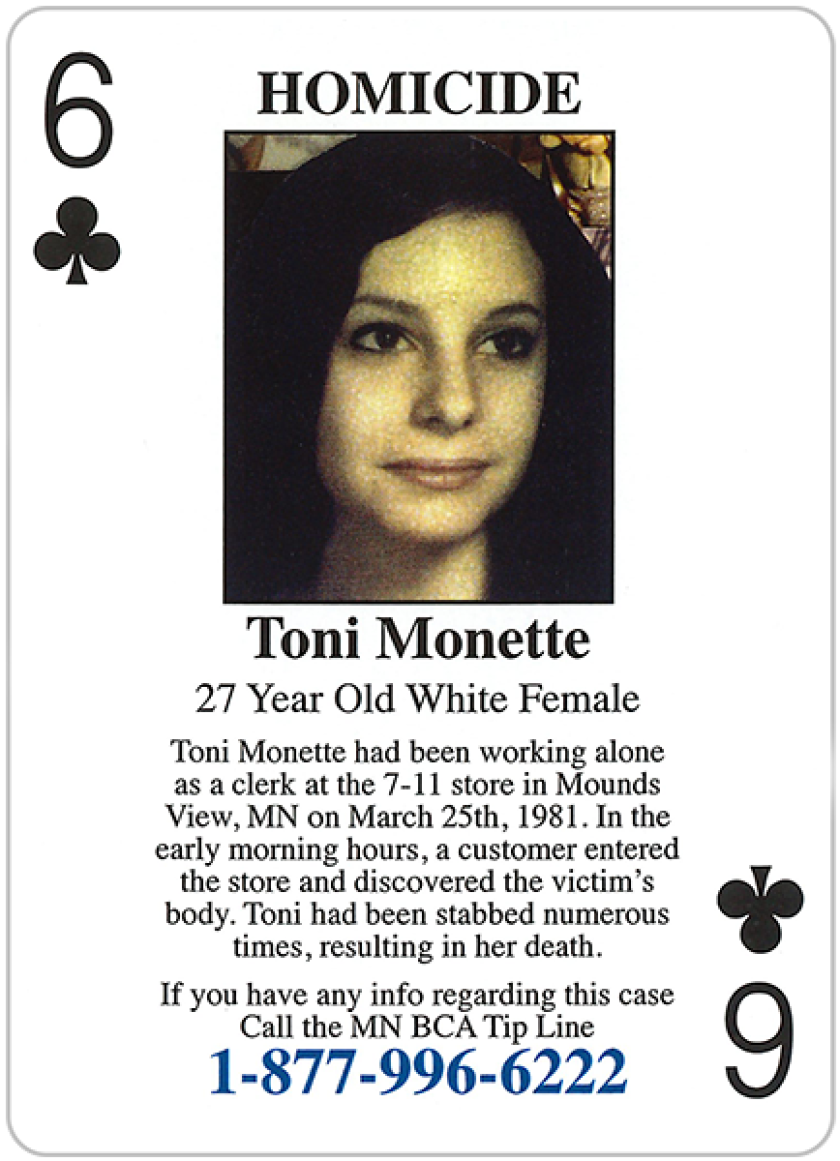
The young mother of one was violently attacked and stabbed numerous times, according to the Mounds View Police Department.
Her body was discovered at 4:30 a.m. by a customer who noticed the backdoor of the convenience door was propped open. When he entered, he saw Monette’s body, located in the storage room, according to a Star Tribune article from the time.
Law enforcement struggled to find a motive as no cash or store items were missing. Investigators with the BCA and Mounds View Police Department are still seeking answers related to her death.
Mandeville, Louisiana
Multiple background checks indicate Miller spent time residing in Mandeville, Louisiana in the late 1980s and a portion of the 1990s.
The background checks are backed up by a 1988 traffic citation issued in Austin, Minn., which indicates he held a Mandeville address at the time.
The Mandeville Police Department did not respond to multiple calls made and emails sent by Forum News Service.
To report information on cold cases in Minnesota, or information about Jon Keith Miller, contact the BCA tipline at (877) 996-6222 or bca.tips@state.mn.us.




